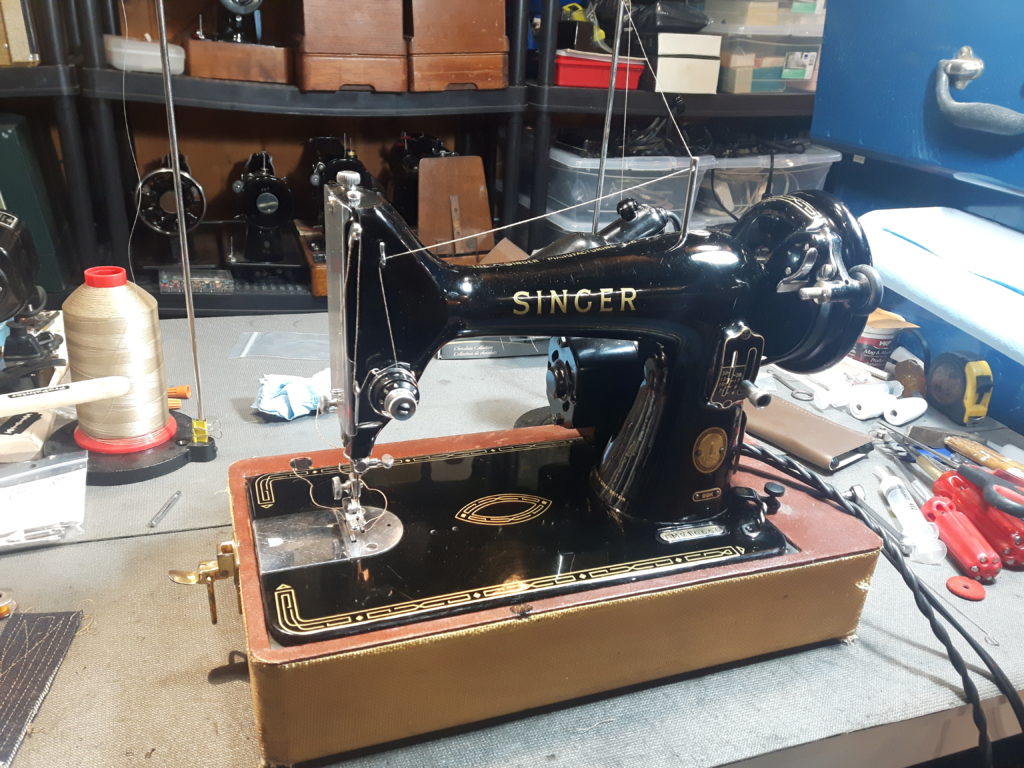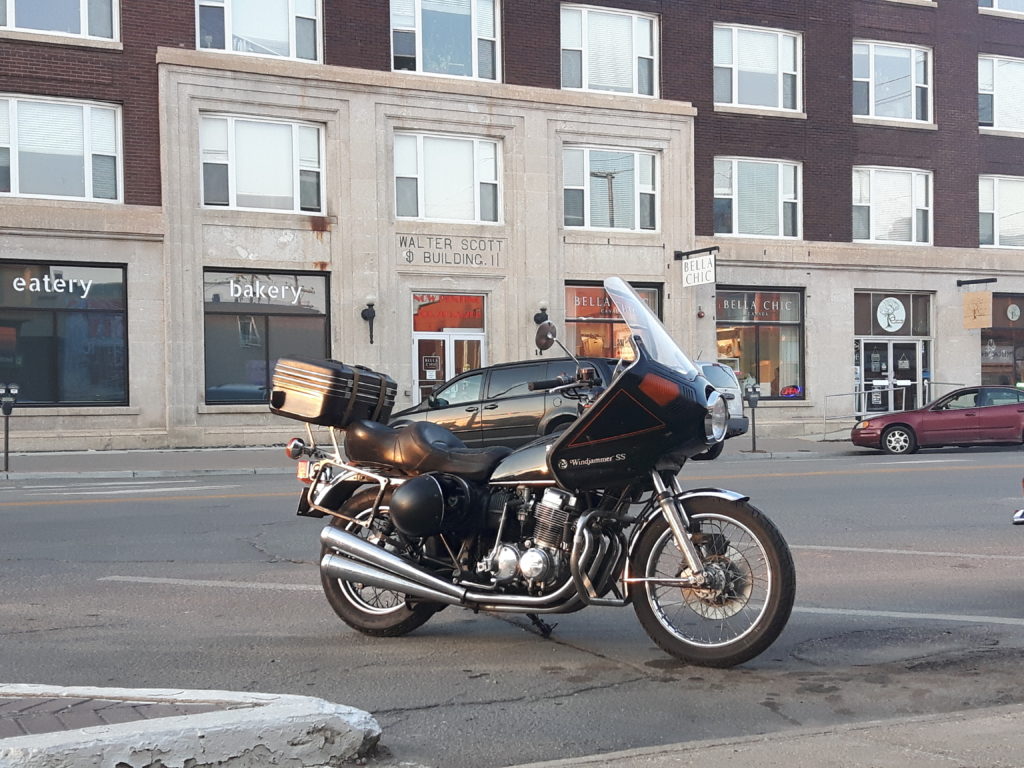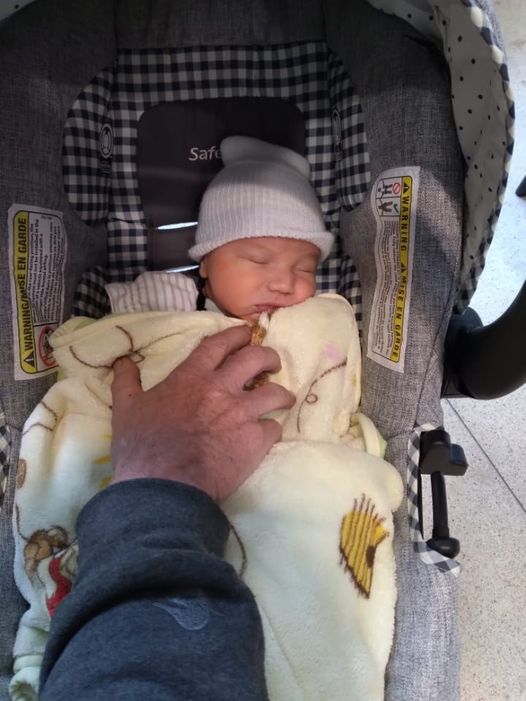
In 1869 L.O. Deitrich (Vesta), Hermann Kohler, and Gustav Winselmann (Titan) started a new sewing machine company in Altenburg Germany, known a L.O.D. and they produced Vesta sewing machines, Kohler was primarily in charge of advertising and Kohler machines were primarily sold in the German home market. They had all worked for Muller prior to forming their own company.
The “Sowitch” was a badged Vesta machine made for the English market and bears the older Vesta logo on the pillar, in their day they were considered to be some of the finest machines ever made, with a smoothness of operation that is something one needs to experience first hand.
After some time Winselmann left the partnership to produce his own machines which were also beautifully designed and often extremely ornate like our TS high Arm… this machine was imported into London in 1902 by a G. Lobi and was given a 5 year guarantee.

Pfaff was another major company producing machines in Germany, established in 1885 by Georg Michael Pfaff, a German instrument maker and entrepreneur… they deserve an article of their own due to their massive success.
By 1910 they had produced a million machines and employed a thousand workers.
Deitrich and Kohler continued on after the departure of Winselmann and produced machines for their own domestic market and for export, some British machines like the Harris Model 9 was a badged Vesta machine.
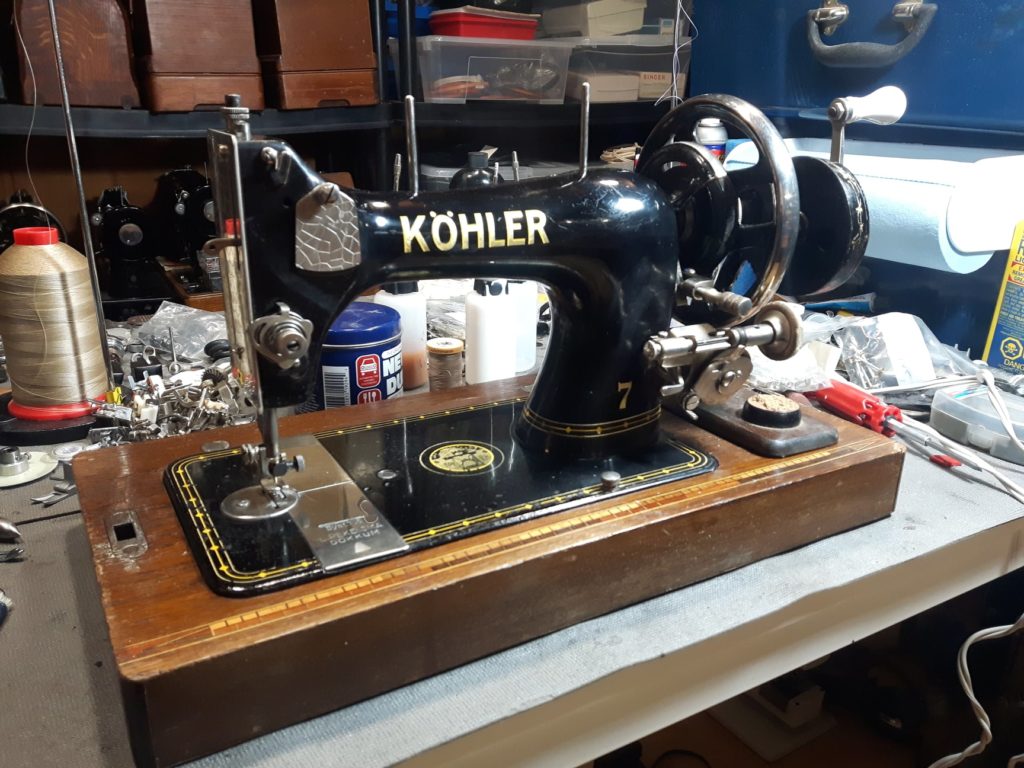
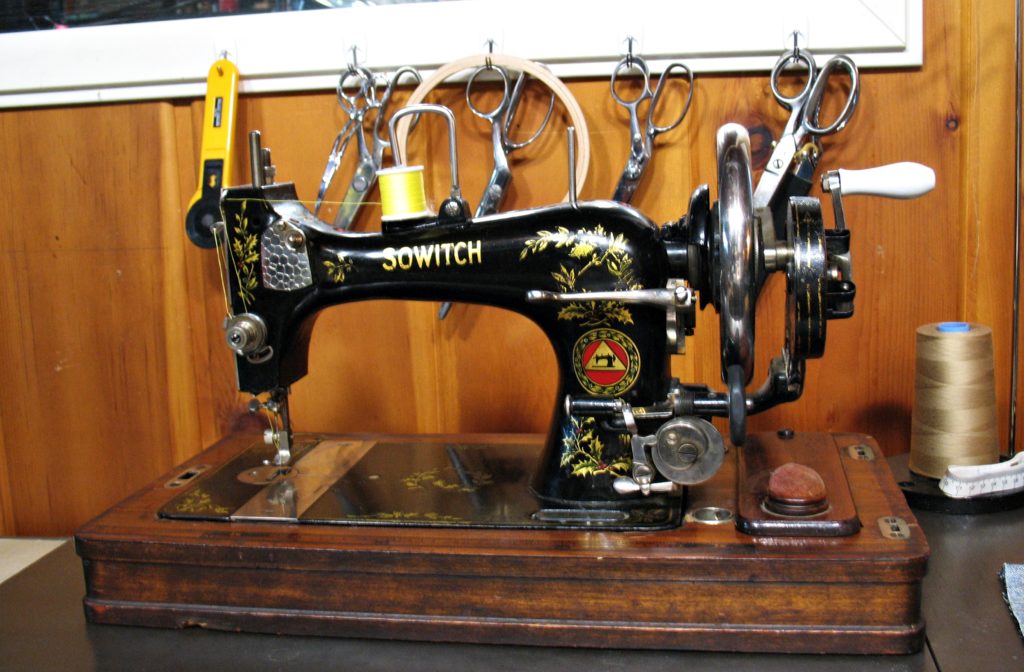
After World War 2 L.O.D. was absorbed by the communists into a larger cooperative while Winselmann’s factory did not survive the war and was never rebuilt, Pfaff also continued to do extremely well as they were in West Germany and not subjected to Russian rule.



